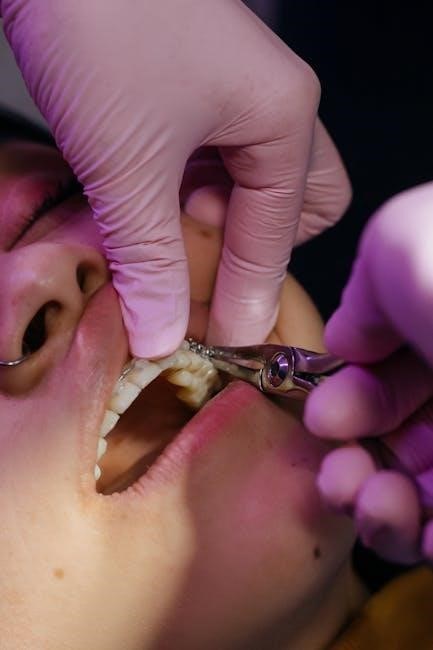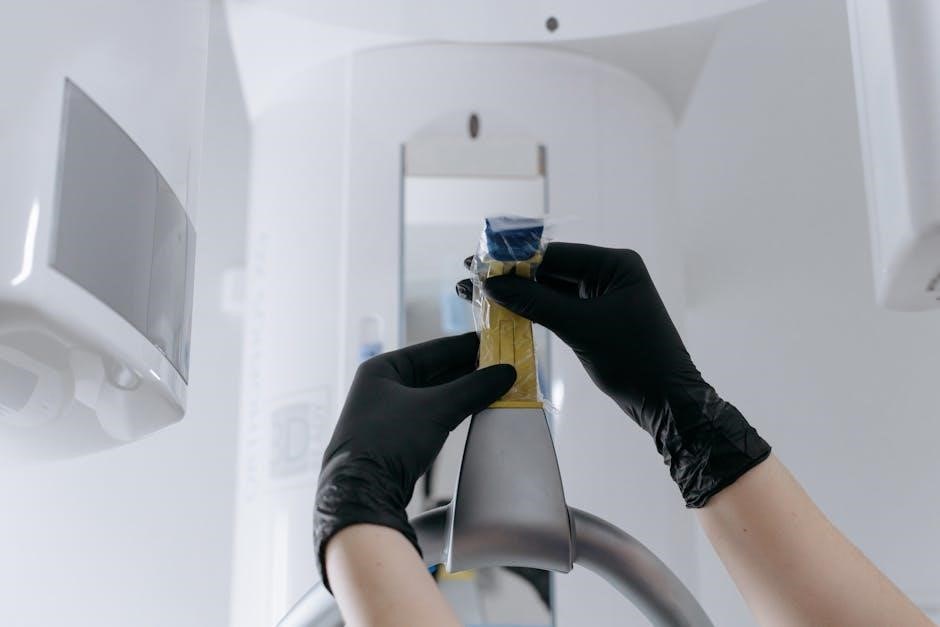Guided surgery dental implant is a technique using advanced technology for precise results, making dental professionals more comfortable and confident during procedures with higher accuracy and customization for each patient’s mouth anatomy always matters.
Definition and Overview

Guided surgery dental implant refers to a dental technique that utilizes advanced technology to plan and execute the placement of dental implants with high precision. This approach enables dental professionals to achieve accurate and predictable results, making it a significant improvement over traditional implant surgery methods. The use of guided surgery dental implant has transformed the field of dentistry, providing patients with a more comfortable and efficient experience; With the help of advanced systems and tools, dental professionals can now plan and perform implant procedures with greater accuracy, taking into account the unique anatomy of each patient’s mouth. This approach has become increasingly popular in recent years, as it offers a range of benefits, including reduced recovery times and improved outcomes. Overall, guided surgery dental implant is a valuable technique that has revolutionized the way dental implants are placed, offering patients a more reliable and effective solution for replacing missing teeth. The technique is designed to provide a high level of precision and accuracy, making it an attractive option for patients seeking a reliable and long-lasting solution.
Benefits of Guided Implant Surgery
The benefits of guided implant surgery are numerous, with one of the most significant advantages being the high level of customization it offers. Each patient’s implant placement and restoration are tailored to their unique mouth anatomy, ensuring a precise fit and optimal results. This approach also enables dental professionals to achieve higher accuracy, reducing the risk of complications and minimizing recovery times. Additionally, guided implant surgery allows for more efficient use of time and resources, making it a cost-effective solution for patients. The use of advanced technology and meticulous planning also provides patients with greater confidence and comfort during the procedure. Furthermore, guided implant surgery enables dental professionals to better visualize the patient’s anatomy, allowing for more informed decision-making and improved outcomes. Overall, the benefits of guided implant surgery make it an attractive option for patients seeking a reliable and effective solution for replacing missing teeth, with the potential for improved oral health and enhanced quality of life. This approach has become increasingly popular in recent years, and its benefits continue to be recognized by dental professionals and patients alike, with positive outcomes and high patient satisfaction rates.

Types of Guided Surgery
Guided surgery includes static and dynamic approaches for dental implant placement procedures always.
Static Guided Surgery
Static guided surgery is a type of guided surgery that utilizes a static surgical template to transfer the implant planning from diagnostic records into clinical reality in the patient’s mouth. This approach refers to the use of a fully guided procedure, where the guide is in place for each step of the surgery, from the punch of the soft tissue to the implant’s insertion. The static guided surgery is a precise and predictable method that allows for higher accuracy and customization for each patient’s mouth anatomy. The use of a static surgical template enables the dentist to accurately place the dental implant in the planned position, taking into account the patient’s bone density, surrounding teeth, and other anatomical features. This approach also allows for a more efficient and streamlined procedure, reducing the risk of complications and improving patient outcomes. Overall, static guided surgery is a reliable and effective method for dental implant placement, providing patients with a high level of precision and accuracy.

Dynamic Guided Surgery
Dynamic guided surgery is a type of guided surgery that uses real-time navigation and tracking to guide the dentist during the implant placement procedure. This approach allows for more flexibility and adaptability during the surgery, enabling the dentist to make adjustments as needed. The dynamic guided surgery system uses a combination of cameras, sensors, and software to track the position of the dental implant and the surrounding tissues in real-time. This information is then used to guide the dentist’s movements, ensuring accurate and precise placement of the implant. The dynamic guided surgery approach is particularly useful in complex cases, where the anatomy of the patient’s mouth may be more challenging. The use of real-time navigation and tracking enables the dentist to avoid critical structures, such as nerves and blood vessels, and to achieve optimal implant placement. Overall, dynamic guided surgery is a highly advanced and effective method for dental implant placement, providing patients with a high level of precision and accuracy, and minimizing the risk of complications. The system is designed to work seamlessly with the dentist’s existing workflow, making it a valuable tool in modern dental implant surgery. With its advanced technology and real-time guidance, dynamic guided surgery is an important development in the field of dental implantology.

Technology Used in Guided Surgery
Advanced systems and tools like Densah and Sleeve-on-Drill facilitate guided surgery with precision and accuracy always matters in dental implant procedures and technologies.
Advanced Systems and Tools
Advanced systems and tools play a crucial role in guided surgery dental implant procedures, enabling dental professionals to achieve high accuracy and precision. These systems include Densah and Sleeve-on-Drill, which facilitate the implant placement process. The Densah system is a advanced technology that allows for fully guided implant placement, reducing the risk of human error and improving the overall outcome of the procedure. The Sleeve-on-Drill system is another advanced tool that replaces traditional drill keys, providing a more precise and controlled drilling experience. These advanced systems and tools are designed to work together to provide a seamless and efficient guided surgery experience. They are also designed to be user-friendly, allowing dental professionals to easily navigate and utilize the technology; The use of advanced systems and tools in guided surgery dental implant procedures has revolutionized the field of dentistry, providing patients with more accurate and predictable results. Overall, the advanced systems and tools used in guided surgery dental implant procedures are a key factor in the success of the treatment.
Importance of Technology in Guided Surgery
Technology plays a vital role in guided surgery dental implant procedures, enabling dental professionals to achieve high accuracy and precision. The use of advanced technology, such as computer-aided design and manufacturing, allows for the creation of customized surgical guides that fit each patient’s unique anatomy. This technology also enables real-time monitoring and navigation during the procedure, reducing the risk of complications and improving patient outcomes. Furthermore, technology facilitates communication between dental professionals, allowing them to collaborate and share information more effectively. The importance of technology in guided surgery cannot be overstated, as it has revolutionized the field of dentistry and improved patient care. By leveraging advanced technology, dental professionals can provide more accurate and predictable results, resulting in increased patient satisfaction and improved oral health. Overall, the importance of technology in guided surgery dental implant procedures is a key factor in the success of the treatment, and its continued development and advancement will likely lead to even better outcomes in the future for patients undergoing guided surgery.